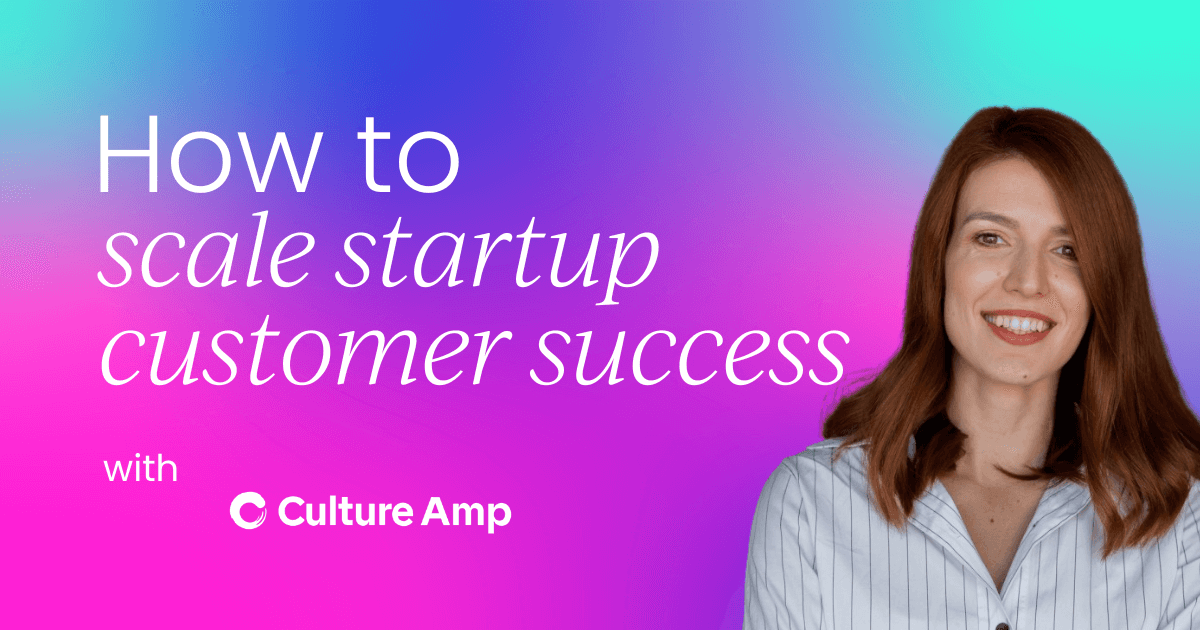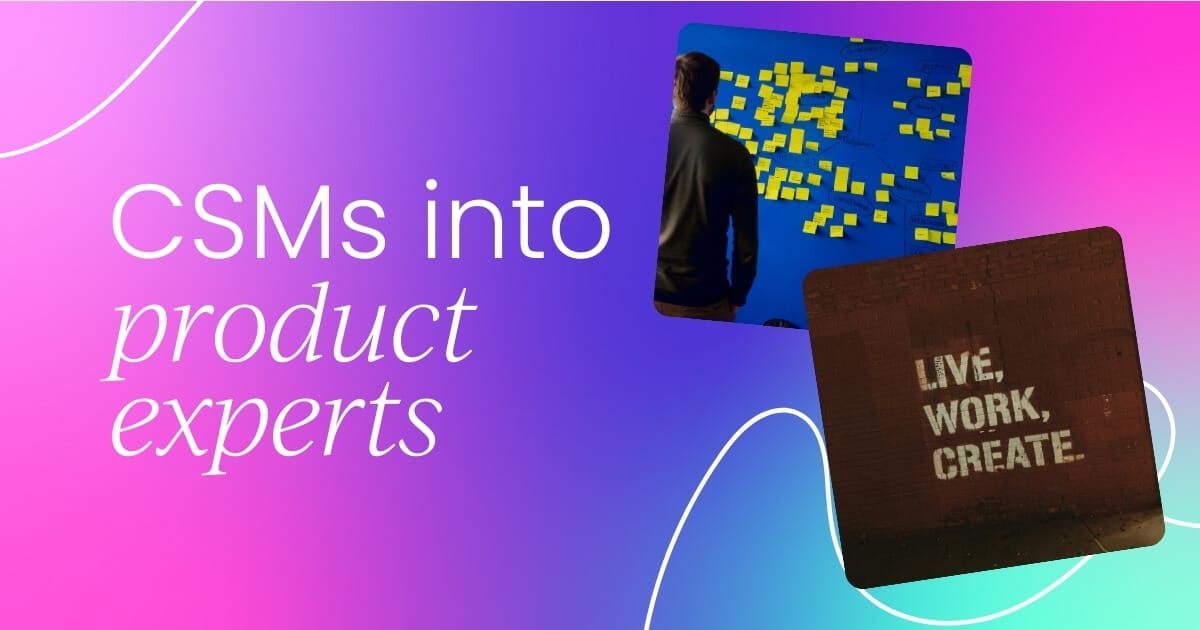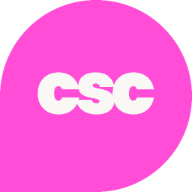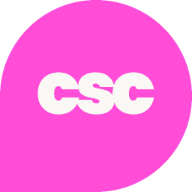Small startups don't have the budget for big customer success platforms. It's just that simple. More often than not, when you start at a startup, your reality is a spreadsheet containing all of your customer information, rather than an established tech stack.
After more than a decade building customer success teams from scratch, I’ve faced this same problem repeatedly: how do you deliver enterprise-level operations when your tool budget barely covers a few CRM seats?
The truth is that as your company grows, you will need a dedicated CS platform. Tools like Gainsight, Totango, Planhat, and ChurnZero exist for good reason — they power scalable, proactive success programs. But there’s a frustrating gap between when you need those capabilities and when you can truthfully afford them.
This article outlines how to bridge that gap. The framework I’ve used over the years builds effective, insight-driven customer success operations at early-stage startups with little or no tooling budget.

Why you can't get budget... yet
Before jumping into solutions, it’s worth understanding why securing CS tooling budget is so difficult in smaller companies.
1. The budget crunch
Even relatively affordable platforms can cost $40–50K per year once you factor in implementation and licensing. For a 30-person startup, that might equal a full-time hire or the annual AWS bill. Most of that money is already tied up in CRM or sales tooling, and customer success rarely wins the first round of spend.
2. The understanding gap
Many founders and CFOs have never worked with a mature CS operation. They see Salesforce or HubSpot and ask, “Can’t you just use that?” The problem isn’t resistance — it’s lack of exposure. Without seeing how CS tools manage health scoring, journeys, and renewal forecasting, they can’t connect the dots on why you need something new.
3. Vendor and legal hurdles
If you’re in B2B SaaS, adding a CS platform often triggers contract updates and vendor reviews. Many customer agreements restrict which third parties can handle data. Adding a new tool means reworking contracts, paying legal fees, and enduring customer-side security reviews. And you best believe those costs and delays add up.
4. Engineering and data limitations
Even if leadership says yes to your new platform, your Dev team probably can’t support the integrations. They’re building features and fixing bugs, not connecting APIs. You may also lack the foundational data infrastructure – event tracking, analytics layers like segmentation – that CS tools rely on.
Without that, even the best software won’t deliver results. So yes, the barriers are real. But that doesn’t mean you’re powerless.

Turning your CRM into a CS platform
When leadership asks, “Can’t you just use Salesforce or HubSpot?” – the surprising answer is yes, albeit temporarily.
It won’t match Gainsight but with some structure and creativity, you can emulate much of what it does: centralized data, automated workflows, health tracking, and renewal predictability – all inside your existing CRM.
Bear in mind, the goal isn't perfection; you're after progress. You're building an operational foundation that gives you visibility, consistency, and credibility.
Step 1: Centralize customer data
Start by making your CRM the single source of truth. This means every meaningful piece of customer data should feed into it – automatically where possible, manually if not.
At a minimum, every account record should include:
- Annual recurring revenue (ARR)
- Contract start and end dates
- Key stakeholders and champions
- Customer lifecycle stage
- Assigned CSM
- Renewal and upsell opportunities
If your data currently lives in spreadsheets, migrate what you can and maintain a clear update cadence. Your goal is to replace static sheets with living data.

Step 2: Automate the customer journey
Modern CRMs already include workflow automation. Use it. Build automations that create touchpoints, reminders, and alerts across the customer lifecycle.
For example:
- When a deal closes, automatically assign a CSM and generate onboarding tasks.
- After a kickoff call is completed, wait 10–14 days. If the next milestone hasn’t moved, trigger a reminder to the CSM and a gentle nudge email to the customer.
- Schedule quarterly business review (QBR) reminders.
- Create automated alerts when renewal dates approach or usage drops below a defined threshold.
These workflows build consistency and reduce human error. In previous roles, I've used HubSpot’s workflow engine for exactly this, as it handles customer transitions, onboarding steps, and proactive engagement sequences.
Step 3: Implement a basic health scoring system
Without a CS platform, you won’t have real-time data flows, but you can still build a reliable health model.
Start with a simple Google Sheet that tracks key indicators per customer:
- Seat utilization
- Login frequency
- Product-specific engagement metrics (e.g., content created, active users, feature adoption)
- CSM sentiment
- Support ticket volume
Update it weekly or biweekly. It’s a bit manual, but surprisingly manageable once templated. Then, use automation to sync these health scores into your CRM.
- For Salesforce: The free "Data Connector for Google Sheets" links directly to your instance and can push updated scores automatically.
- For HubSpot: Zapier or Make (formerly Integromat) can watch for updates in your sheet and sync values into your customer records.
Once in the CRM, those health scores unlock powerful visibility – we're talking dashboards, filters for “at-risk” accounts, even weighted renewal forecasting.
Step 4: Unify communication channels
Most CRMs offer email integration plugins. In HubSpot, for example, you can:
- Send emails directly from the CRM
- Automatically log all email conversations to the appropriate account
- Track email opens and link clicks
- See a complete communication history without leaving the platform
You can also connect your Slack channels to HubSpot. When our team discusses a customer issue in a dedicated Slack channel, those conversations appear in the customer's CRM record. This creates incredible visibility across the organization.
Step 5: Connect support and product data
If you use tools like Zendesk, Intercom, or Freshdesk, integrate them with your CRM. Most modern systems have native connectors or Zapier-compatible APIs.
In my previous role at Seenit, our Service Hub setup allowed every support ticket to automatically attach to the relevant customer record. That meant when I opened an account, I didn't only see ARR and health score, but also open issues, ticket volume trends, and resolution speed — all without leaving the CRM.
For product usage data, start simple: export weekly summaries from your analytics database or BI dashboard (e.g., Google Data Studio) and push those into your CRM. Even a few engagement metrics can add real context to renewals.
Step 6: Build insightful reporting
Once your CRM holds customer, health, and engagement data, you can build reports that rival those from purpose-built CS tools:
- Renewal forecasting: Create renewal opportunities tied to contract dates, weighted by health and engagement.
- Health trend dashboards: Visualize account health over time to spot declines early.
- Segment analysis: Compare average health and retention by customer tier, use case, or ARR band.
- Lifecycle analytics: Track how long customers spend in each stage and identify bottlenecks in onboarding or expansion.
These reports not only guide daily prioritization — they also strengthen your case for future investment.
Step 7: Use lightweight integrations to glue it together
Your tech stack doesn’t need to be complex. With the right integrations, you can create cohesion for minimal cost.
- Zapier: The backbone for connecting systems without code. It can handle 80% of your automation needs.
- Google Sheets: A flexible, no-frills hub for structured manual data.
- Native CRM plugins: Most CRMs have built-in connectors for email, Slack, and support tools — use them fully before adding new apps.
With this approach, you’ve effectively built a working CS ecosystem. Sure, it might not be elegant, but you can bet it's efficient and sustainable for a 6–18 month window.

When to graduate to a dedicated customer success platform
By the time you've read this, I hope you realize I'm not saying "don't bother to buy a CS tool," and instead, you can just use this framework. I want to be really clear about this.
It is categorically not possible to work in a SaaS business with 100+ accounts without having a customer success technology tool in place. If you don't do that further down the line, it's just not sustainable; you'll have huge amounts of churn, and a poor customer success operation.
As you mature as a CS department, as you mature as a SaaS business, you will absolutely need to invest in software like Gainsight, Vitally, ChurnZero or Totango.
You’ll know it’s time when:
- You manage 100+ customer accounts or multiple CSMs,
- Manual data updates exceed a few hours per week,
- You need predictive analytics, automated playbooks, or in-product engagement,
- Leadership expects real-time retention forecasting.
At that point, your groundwork pays off. You’ll have proven value, quantified impact, and a clear requirements list for your next investment.
However, what this covers is a stopgap between having absolutely nothing and having that tool. What is the best thing to get in place in that stopgap to enable you to perform to enable you to deliver a fantastic experience for your customers, and more importantly, build predictability around how you hit the bottom line of the business?
The bottom line
Building customer success operations without a budget forces you to think differently. You focus on structure, not software. You learn how to centralize data, automate workflows, and build insight from simple systems.
This setup isn’t permanent, nor should it be. But it creates predictability, visibility, and momentum. It’s the bridge between “we’re flying blind” and “we’re ready to scale.”
When the time comes to invest in a real CS platform, you’ll be miles ahead because you’ve already built the foundation manually, and you’ll know exactly what you need next.
This article is based on a talk Dan gave at Customer Success Summit 2021.



 Follow us on LinkedIn
Follow us on LinkedIn





